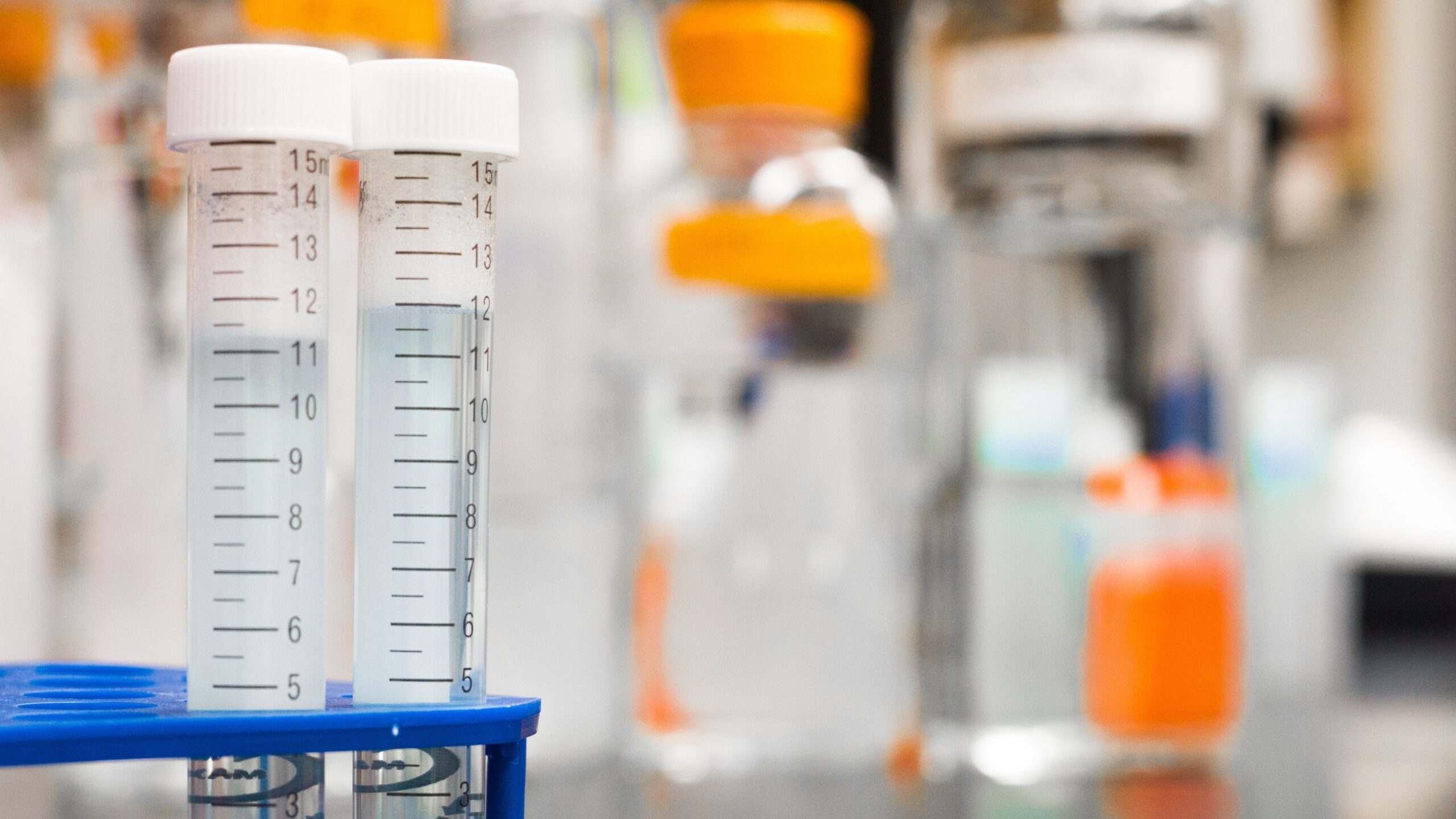What is wrong with microscopy in Borreliosis?
Nothing, as you will see from the below evidence. Microscopy in diagnostics Microscopy played a great role in identifying unknown pathogens and it is still the first line of diagnostics in some diseases where the novel diagnostic tools failed first time or did not prove to be efficient in the long term. Examples are syphilis…
Details









